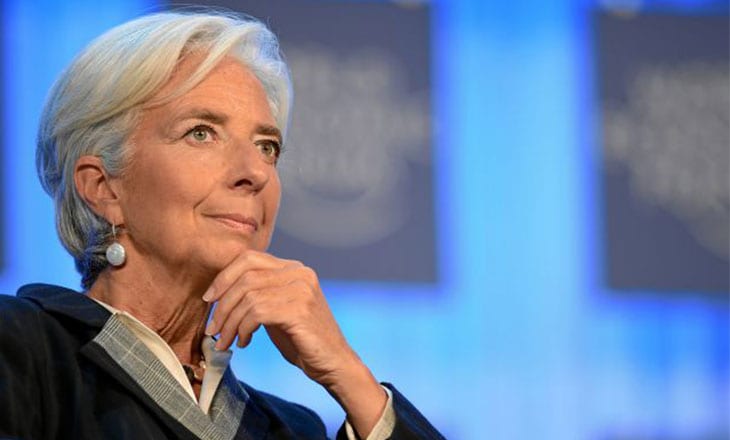European Central Bank (ECB) President Christine Lagarde emphasised on Wednesday that the bank’s approach to interest rate adjustments will not follow a predetermined schedule of cuts. Instead, decisions will hinge on evolving economic data. This statement comes amidst growing anticipation among ECB policymakers for reducing the current peak borrowing costs, with June eyed as a likely start.
ECB Refuses To Commit to a Rate Cut Path After First Rate Cut

Lagarde sought to temper expectations of a clear-cut path for rate cuts while acknowledging positive signs in recent wage and inflation trends. During a Frankfurt conference, she explained that “our actions will need to be informed by the latest data at each meeting without committing in advance to a fixed trajectory for future rates.”
Supporting Lagarde’s cautious stance, ECB Chief Economist Philip Lane highlighted the need to balance monetary tightening with observed shifts in core inflation and wage growth dynamics. The drop in eurozone inflation from double digits in late 2022 to 2.6% recently suggests a more sustained moderation in price increases, attributed to a likely reduction in core inflation excluding the more volatile food and energy sectors.
Don’t miss out the latest news, subscribe to LeapRate’s newsletter
For the ECB to consider reducing interest rates, Lagarde outlined specific prerequisites: a deceleration in wage increases, a continued decline in inflation rates, and new projections aligning with the ECB’s 2% inflation target. “Should the incoming data align sufficiently with our inflation projections, and assuming effective policy transmission, we could begin to ease our policy stance,” she stated.
The ECB has scheduled policy meetings throughout the year, including April 11, June 6, July 18, September 12, October 17, and December 12. The timing of rate cuts has been discussed among ECB officials, with some, like Latvia’s Martins Kazaks and the Netherlands’ Klaas Knot, favouring alignment with new economic forecasts typically released in June, September, and December.
Conversely, Greece’s central bank governor, Yannis Stournaras, suggested a more aggressive approach with two cuts before August and an additional two by year-end. Frederik Ducrozet, Head of Macroeconomic Research at Pictet Wealth Management, interprets Lagarde’s remarks as setting a foundational consensus among policymakers.